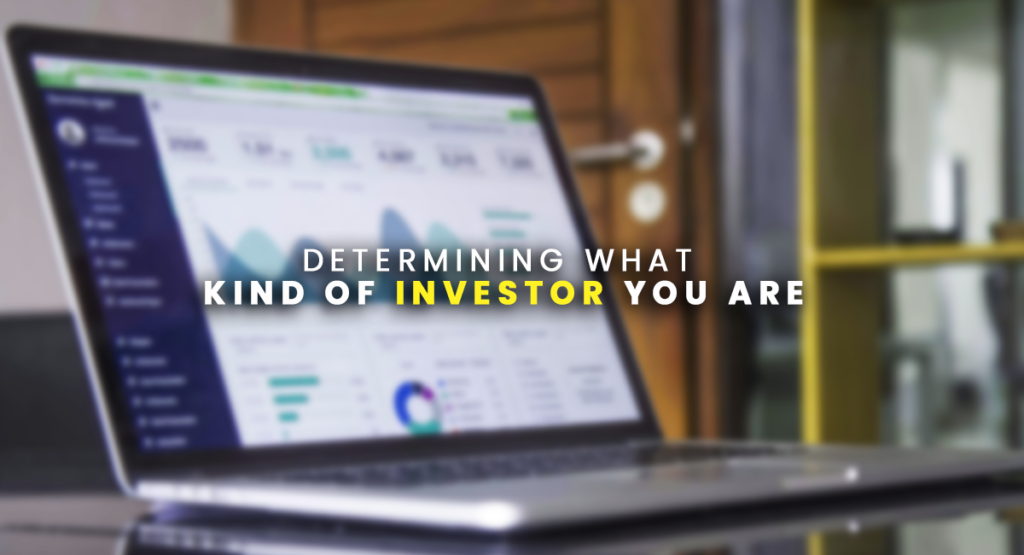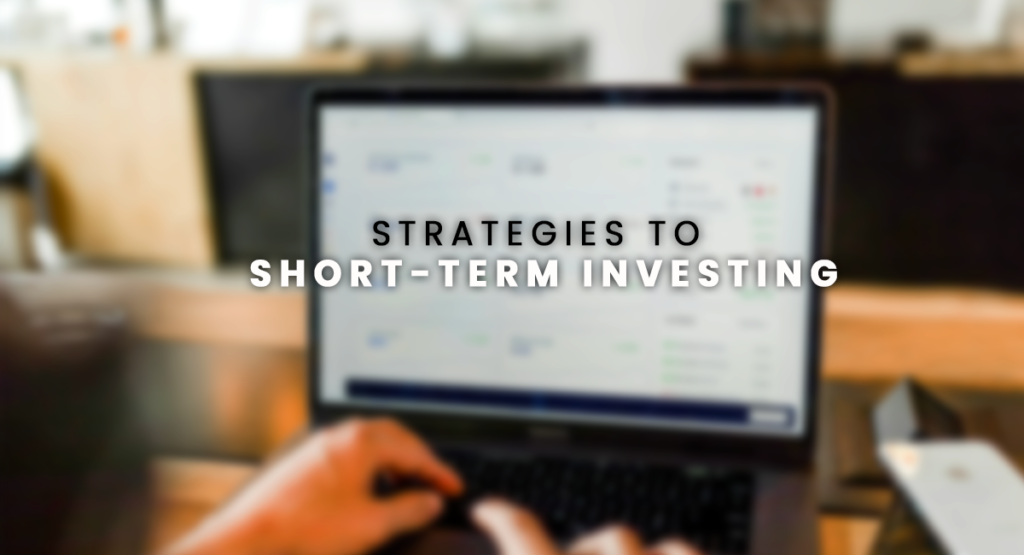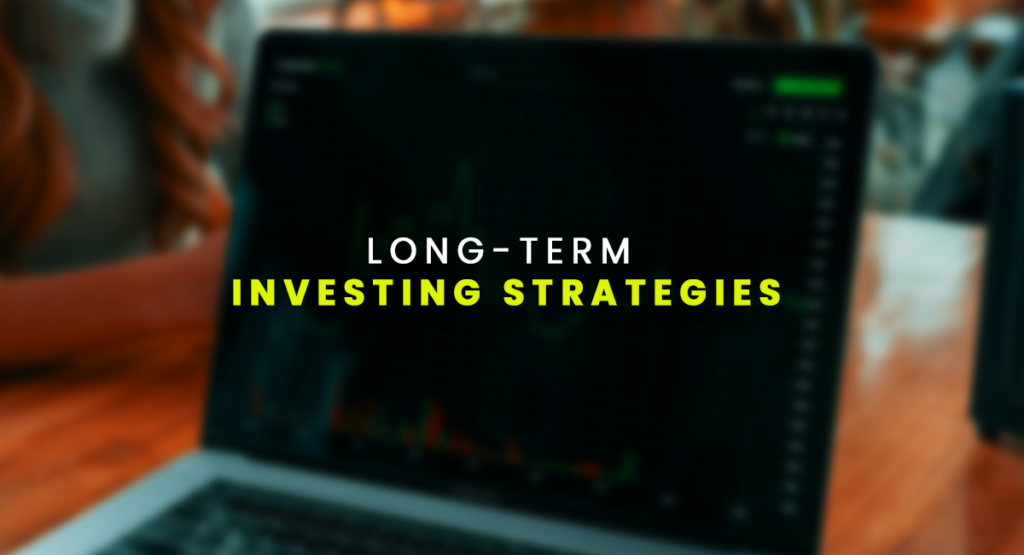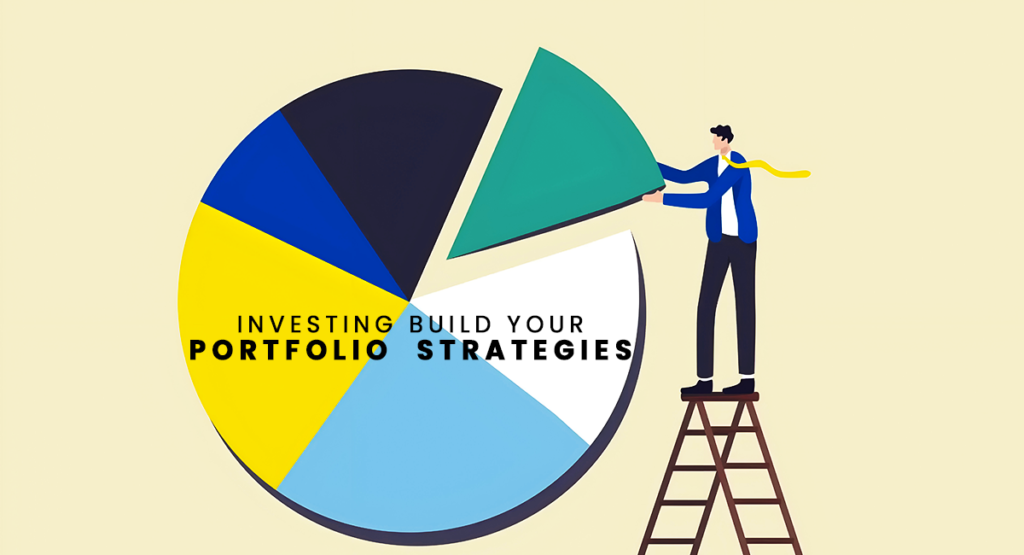Of the fundamental activities that have to do with finance, investing represents one of the ways in which money can be grown over time in order to realize long-term monetary objectives. This means that one has to choose their goals in the financial journey and find the right investments in order to put them on the right course. A fully step-by-step guide to start investing: It helps you in the entire process, from your relationship with risk to managing your investments over time.

Knowing Your Investment Goals
Before opening an account, much less looking at investment type, consider some high-level objectives. Do you plan to invest as a long-term investment, or do you expect any money that you put to work for you to provide income immediately? This will help you reduce your options and choose an investment based on what you need.
Consider what your end goal is with this money—is it for retirement, a down payment on a house in the next five years, or something else? The specificity of the goals and their timelines will shine a light on how much risk you may endure and where to put what accounts.
For instance, if you are trying to invest your money for retirement, you will want to select a tax-advantaged vehicle, such as an individual retirement account or a 401(k), should your employer have that feature. On the other hand, you may not want to put all your investable money into a 401(k) because that money is inaccessible until you reach age 59 ½ without you having to incur penalty fees.
You also don’t want to put your emergency fund into a brokerage account because it’s just not liquid if you need access to your money quickly. Not only that, you might be caught having to sell low if you need the cash when the market is down.
Selecting Your Investment Vehicle(s)

Once you decide your goal(s), you need to make a choice of investment vehicles—sometimes referred to as investing accounts. And, yes, you can have multiple accounts to work towards a single objective.
When you find yourself ready to be a bit more hands-on in building your investment portfolio, then a brokerage account is a great place to begin. Brokerage accounts enable an investor to buy and sell individual stocks, mutual and exchange-traded funds (ETFs). Offering a great deal of flexibility, there are no income limitations or caps on how much you can invest and no regulations on when funds are taken. The downside is that it does not receive the same tax advantages of retirement accounts.
Some of the large financial firms which provide brokerage include Charles Schwab, Fidelity, Vanguard, and TD Ameritrade. The advantages of working with a traditional brokerage are basically more options for sorts of accounts and people to speak to on the telephone and fit rare cases, in person if you’re interested in that.
However, there are downsides, whereby some traditional brokerages may be slower to new features or may not offer niche investment options, such as investing in cryptocurrencies. Case in point: Fintech companies like Robinhood and M1 Finance were offering fractional share offers to investors for years before traditional brokerages included the feature.
Another alternative available for the brokerage account is that of a robo-advisor. This will better suit individuals who have simple and can easily articulate their investment goals. There are many benefits to working with a robo-advisor, such as less cost versus a human financial advisor and the automated feature of rebalancing. It is not the best if a person has more advanced financial goals, requires individualistic investment options, and has a greater desire for a robo-advisor.
Expected Rate of Return on Investments

As you decide upon what investment accounts to open, think about how much dollar volume you will be investing in each type of account. How much you put into each account is the function of the investment goal you outlined in step one and how much time you have before you want to reach that investment goal. This is known as the time horizon. Also, there could be limitations on the amount you can put into some of these accounts.
It can be a percentage of your income that you are able to put toward developing your portfolio. So, a general rule for retirement goals is to invest 15% of your income every year. If you are one of those folks that got started later in their career or want to be an early bird, then you are likely going to want to put in more than that percentage. Just remember, that 15% includes employer matching.
It might sound a little absurd to be investing 15% if you live paycheck to paycheck. It’s okay—no worries about starting small, even with just 1%. What really matters is to have a get-to-it-soon approach so your money grows over time.
Plan how you would like to invest your money, an all-too-common question that people have is if it is best to invest their money all at once or in equal amounts at regular intervals in other words “dollar-cost averaging”. Both options have their advantages and disadvantages.
For medium-to long-term goals, you should use dollar cost averaging to consistently invest towards a goal, making purchases at both higher and lower trading prices. As the investing world sometimes says: “It’s not about timing the market, but time in the market.”

Measuring Your Risk Tolerance
Here’s the Step by step Guide for Investing your money. Do follow these steps and learn investments in the right manner.
Risk tolerance is the perfect description of how much danger an investor is ready to take back in return for getting a high return. Risk tolerance is among the most critical components that will determine which kinds of assets you will stack up in your portfolio.
But before an investor decides at the level of portfolio risk they want to target, they need to consider something even more foundational: their comfort level with risk, or volatility. That’s relevant because some assets have a history of being more volatile than others. Does it make you nervous to invest when you see the S&P 500 drop over 24% in a year?.
To answer this question and have an in-depth look at your risk tolerance, it may include a risk tolerance questionnaire. In most cases, it’s a short list of survey questions that would enable you to know what your risk tolerance is, based on the answer you choose. Normally, a person who is more conservative in tolerance will have a higher percentage of bonds and cash compared to stocks in their portfolio, while a more aggressive person in tolerance may have more of their portfolio in stocks.
As you are looking at your risk tolerance, keep in mind that it is different from risk capacity. Your risk tolerance measures your willingness to bear the extra risk for a higher return.
Risk capacity considers the factors that may be affecting your financial ability to take on risk, such as job status, caretaking duties, and time available to reach that goal. Given that many of these priorities can be quite capital-intensive, your ability to take on risk must reside within that framework.
Determining What Kind of Investor You Are

There is no across-the-board rule for investment.One’s risk tolerance and capacity, as well as investment goals and time horizon, directly influence the type of investor one wants to be. This may involve employing strategies with a more defensive stance. There are only two major categories into which investors fall: short-term investing, also known as trading, or long-term investing.
You find short-term investment attractive because you can earn money by selling your investments instead of working. However, there are downsides. Realizing profits is challenging and risky due to the market’s quick fluctuations. Moreover, predicting how news and announcements will impact an investment in the short term is impossible.
The IRS determines that assets bought and sold within one year are subject to higher tax rates as short-term gains. On the other hand, assets held for more than one year are considered long-term capital gains.
Strategies to Short-term Investing

There are two kinds of short-term investing strategies in step by step guide
Day trading is an investment style that involves entering and exiting an investment throughout a day’s business. It is very challenging, especially for new investors, and over time, has not proven to be positive for most people who have tried it.
Swing Trading: The investor that applies this type of strategy expects to buy into the investment and sell after a few days or months for a profit. The investor targets the large movements surrounding seasonal events or other trading patterns.
Long-term Investing Strategies of step by step Guide

Long-term investments give you the luxury of plenty of time for compounding interest and the ability to withstand the rigors of times of volatility in the market. One of the cons associated with long-term investing is the notion that, if you’ve procrastinated your investment efforts, playing catch-up with goals can be quite daunting.
There are a few different long-term investment strategies to consider. It is quite all right to try a few different strategies.
Index investing probably is one of the most popular strategies for long-term investors. It involves investing your money in whole segments of the market, like the S&P 500. In general, investors in the style tend to be less risky than direct stock buyers, though often with higher returns compared to most of the active investment strategies out there. Mostly, index funds charge low fees, so you will actually get a lot more for your money.
Value investing: Tries to bring the stocks that are perceived undervalued by the stock market. This is a philosophy which is very much pursued even by Warren Buffett style.
ESG investing : The term ESG stands for Environmental and social governance. Investors favor this style to single out stocks or funds with high positions, achieved through efforts to be better corporate citizens.
Dividend investing: Dividend investing involves the purchase of investments for the purpose of regular income derivation.
You are ready to fill out a portfolio after deciding on your risk tolerance, assessing your willingness to take risks, determining the amount of money you have to invest. Then choosing the type of investor you want to be. If you have the necessary risk tolerance and investment capital, you commonly receive dividends on a quarterly basis.
Build your portfolio

Choosing the right assets for a portfolio helps in achieving the set objectives
Under a goal-based approach to investing, you can think about creating separate portfolio buckets for your goals of investing—all having their own individual goal amount, time horizon, and risk tolerance attached to them.
You can construct your portfolio’s approach to enable you to assess investments with your goals in mind, serving as a motivator to move forward.
Once you have the appropriate account or buckets, you can go for the investment selection. The following are some most common investments to add in the portfolio:
Stocks: This is a sort of asset, which represents an individual company’s ownership. In the instance that a company does well, its value generally rises, contrary to this if the company does not perform well its value lowers.
Bonds: Businesses and governments borrow funds by issuing bonds, which are then repaid with interest. Bonds generate fixed income but offer returns historically lower than those of the stock market.
Mutual funds: These are investment vehicles that pool the collective funds of shareholders in order to invest in a collection of stocks and/or bonds. With one fund, investors can own large swaths of the market, rather than trying to buy them one-by-one.
Monitoring and Rebalancing Your Portfolio Over Time
Once you’ve chosen your investments, you’ll want to monitor and rebalance your portfolio a few times a year as the initial investments you chose will drift from your original setting with changes in the market.
For example, if you chose to place 70% of your money in stocks and 30% in bonds, this could easily become 80% in stocks to just 20% in bonds if the stock market suddenly took off much faster than the bonds. A portfolio drift can expose you to more risk and potentially alter your returns if left unchecked.
Rebalancing is the process of reallocating the funds back into your target allocation. As a general rule of thumb, rebalance whenever your portfolio deviates more than 5% from its original target allocation. A robo-advisor automatically handles and rebalances investments for you, providing a significant advantage. Rebalancing is the most important part in this step by step guide.
You will also want to tread carefully when looking at your investments following a big drop in the market. This tends to lead to investors acting impulsively and selling their holdings when the stock market had a bad week, month, or year, which will probably result in a loss of money from an initial investment and missing the opportunity to buy stocks when they are essentially at a discount.
Conclusion
Investing can be a daunting word, but with this step-by-step investing primer, you will be able to simplify the process of starting. You will need to have knowledge of what you want to achieve financially, what investment vehicle will help you, how much you will invest, and finally, your risk tolerance.When it comes to investing, whether for short-term trading or long-term strategies like the index or dividend investing, the key is for you to take action and be consistent. Regular reviewing and rebalancing of the portfolio will keep you at your financial goals. It’s time to start investing and take over control of your financial future. You can learn how to invest your money safely in this step by step guide.

